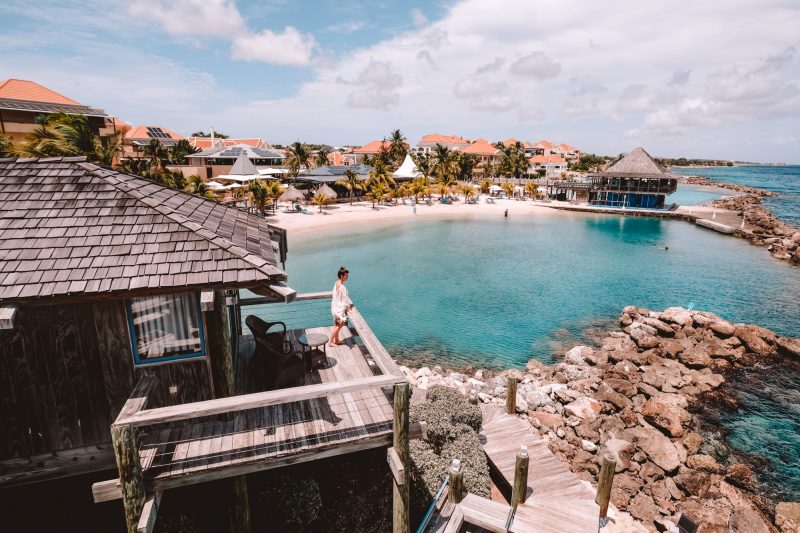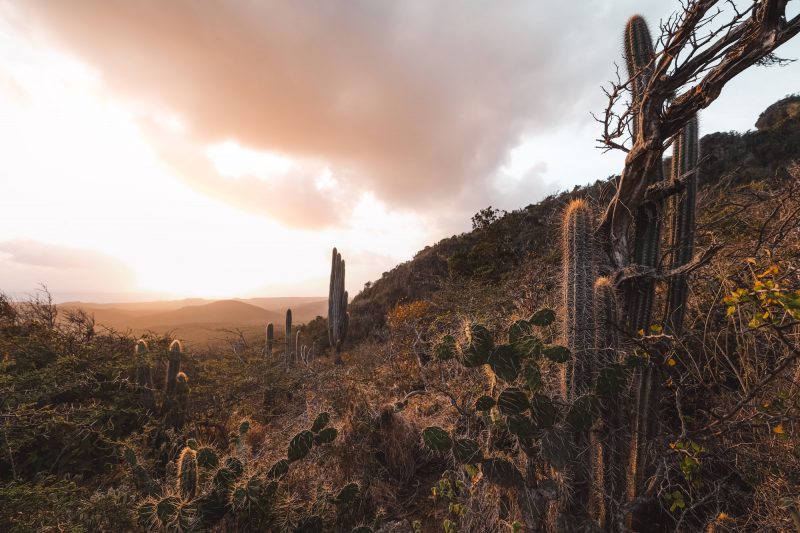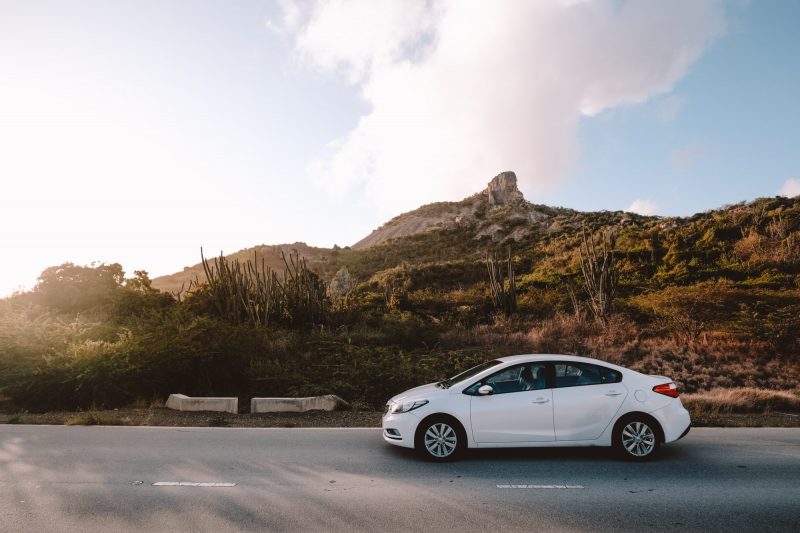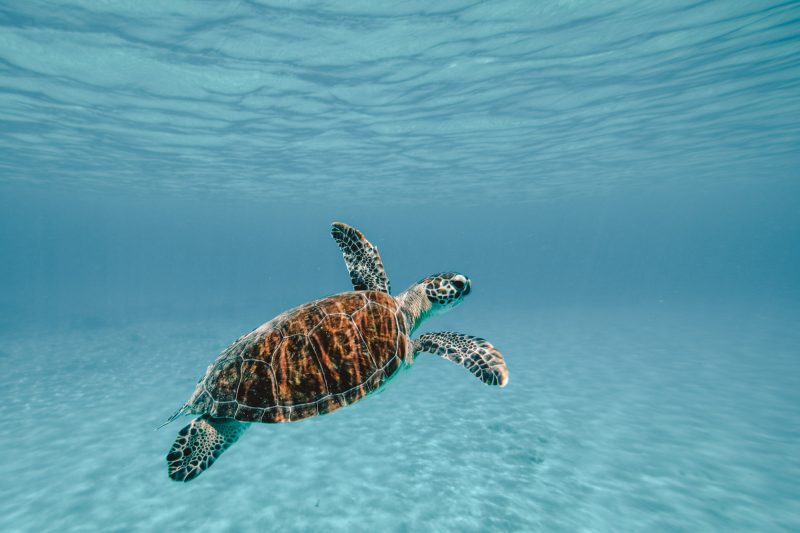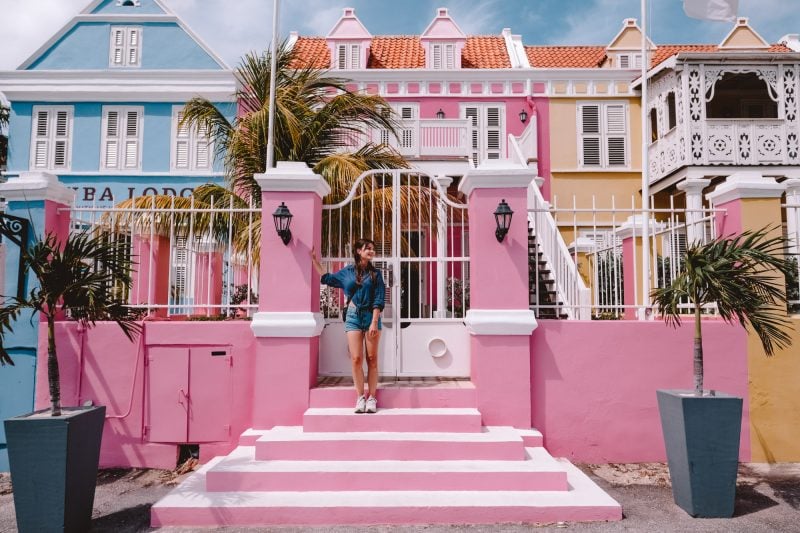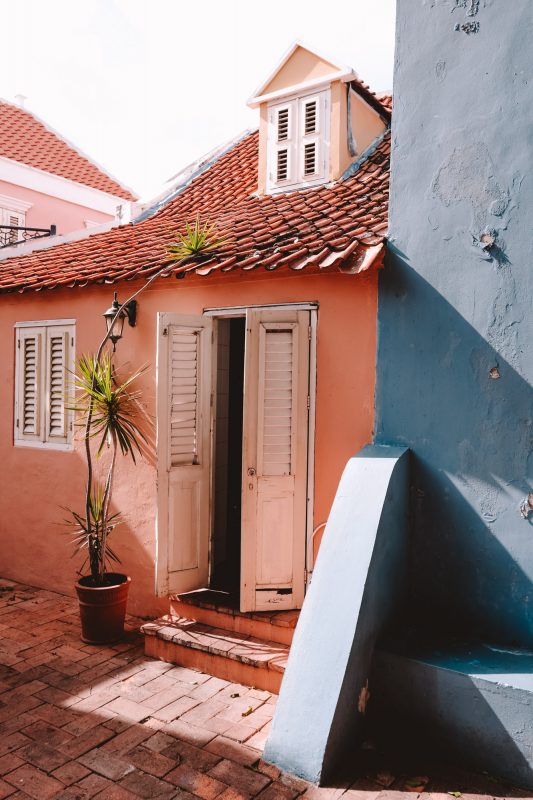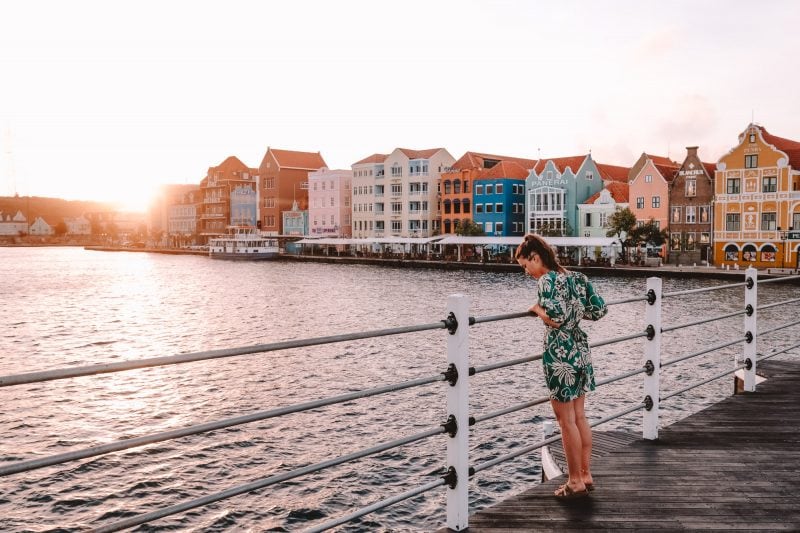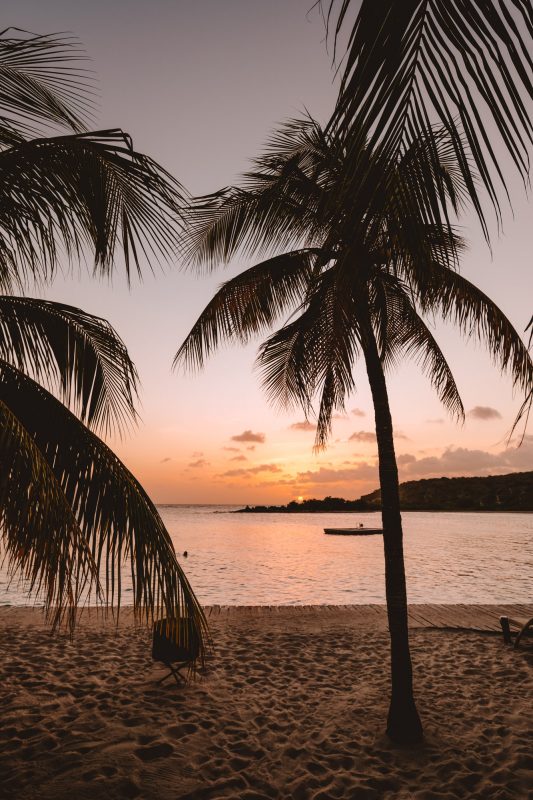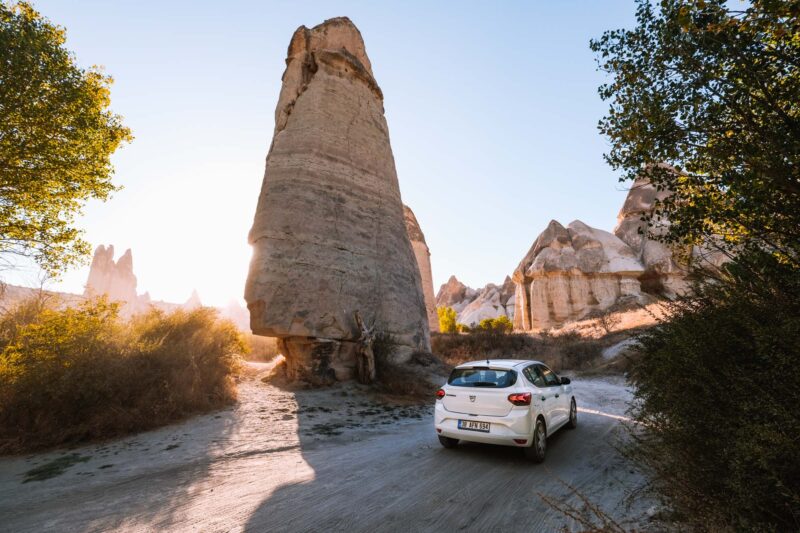Next to Aruba and Bonaire lies the tropical paradise of Curacao. Despite the considerable distance, Curacao remains a highly sought-after vacation destination among Dutch travelers. It’s the ultimate place to relax. A vacation in Curacao entails floating in crystal-clear waters, sipping cocktails beneath swaying palm trees, exploring the island’s beautiful spots, and occasionally engaging in exciting activities. Doesn’t that sound enticing? But before you rush to book your flight, take a moment to read these 10 practical tips to make the most out of your vacation in Curacao!
#1 Always Check Opening Hours in Advance
Both restaurants and attractions are often closed on certain days of the week. In fact, some restaurants are open only four days a week, and specific attractions close their doors early in the afternoon. Therefore, it’s advisable to Google the opening hours beforehand whenever you plan to visit a place or dine out.

#2 You Can Drink Tap Water in Curacao
As the heading suggests, tap water in Curacao is perfectly safe to drink. So, bring your own reusable water bottle and fill it up with tap water. This not only saves you money but also benefits the environment by reducing the need for plastic bottles. If you don’t have a reusable bottle yet, consider Dopper’s bottles, which are highly recommended. Opt for a metal one to keep your water cold – particularly suitable for Curacao. Moreover, these metal bottles are of excellent quality and can last for years.

#3 You Can Easily Plan Your Curacao Vacation Yourself
If you don’t have much travel experience, you might be accustomed to booking your vacations as package deals, where flights and accommodations are bundled together through a travel agency. While this can be convenient, planning your trip independently can be more enjoyable and cost-effective. It’s also quite straightforward! You’ll have more flexibility in your choices, such as staying in two different hotels. For instance, we spent the first few days in an authentic country house transformed into a small-scale hotel and then moved to a more luxurious beachfront hotel.
#4 Don’t Forget to Pack Mosquito Repellent
When visiting Curacao, mosquito repellent is a must-have item on your packing list. In addition to mosquitoes, you may encounter plenty of pesky flies on Curacao, especially around sunrise and sunset. We were covered in bites on our first day when we hadn’t applied mosquito repellent. So, make sure to apply it when you notice them biting! By the way, this isn’t a sponsored advertisement for Etos, but the repellents from Etos or Kruidvat house brand are much more affordable than all the top brands and work just as effectively. Pay attention to the percentage of DEET, with a minimum of 40% DEET being a good choice for mosquito repellent.

#5 Everything Moves a Bit Slower in Curacao
Upon arriving in Curacao, you’ll immediately notice the chill vibes. Life on Curacao moves at a much more relaxed pace, which is delightful! Try to adapt to this relaxed mindset and don’t get irritated if, for example, you have to wait a bit longer for the menu than you’re used to. Time has a whole different meaning here.
#6 Bring a Universal Adapter on Your Vacation
Don’t forget to pack a universal adapter for your trip to Curacao. Officially, Curacao uses American-style outlets. Therefore, it’s wise to bring a universal adapter so you can always charge your phone and other devices no matter where you are.

#7 Renting a Car is Ideal in Curacao
When you’re in Curacao, you’ll want to explore the most beautiful beaches, visit hotspots, and engage in fun activities. There are very few taxis on the island, and public transportation is limited. That’s why renting a car is essential if you want to see anything beyond your accommodation. Fortunately, driving on the island is quite easy. Traffic is not chaotic and the road signs are very simple to understand. Read our comprehensive article about renting and driving a car in Curacao.

#8 Download the Curacao Map in Advance
In Curacao, you don’t have access to free mobile data like in the EU unless you purchase a local SIM card. It’s smart to download the Curacao map on Google Maps so you can navigate offline anytime. This comes in handy when you need to find a supermarket, refuel, or locate a specific restaurant. Most hotels and restaurants offer reliable Wi-Fi.

#9 Plan What You Want to Do in Advance
Curacao is not a large island. You can drive from the east to the west in just over an hour. However, it’s still a good idea to decide what you want to do and where it’s located on the island. If you plan to visit multiple attractions in the west, schedule them on the same days to avoid unnecessary trips across the island. Want to know what there is to do? Check out our selection of the 15 most enjoyable things to do in Curacao.

#10 Bring Your Own Snorkeling Gear
The waters around Curacao are usually crystal clear, making it perfect for exploring the underwater world. There are many different types of fish and a good chance you’ll spot a turtle swimming by sooner or later. Having your own snorkeling gear in Curacao is fantastic. It allows you to jump into the water for a snorkeling adventure anytime you want. You can get one for around $7, but the slightly more expensive ones are more comfortable. If you plan to do a lot of snorkeling, it’s better to invest in a slightly more expensive set.
Tip: If you’ve bought a diving mask, briefly hold a lighter under the glass on the inside. Move the flame quickly up and down over the entire glass, being careful not to melt the rubber. This is done to remove the silicone layer. New diving masks require this step, or else they will fog up immediately underwater. You can also buy an anti-fog spray, which also helps prevent fogging. A little spit can also help, but it’s slightly less effective than the spray. If you want to snorkel with ease, consider getting snorkeling fins; they make swimming easier with less effort, especially when there’s some current.
Important: Never touch anything underwater! Coral dies when touched, and a lot of coral has already perished in recent decades, so let’s protect it. Also, avoid touching turtles or other marine animals, even if they come close. Most marine life has very thin and delicate skin, and our contact can harm or make them sick.











